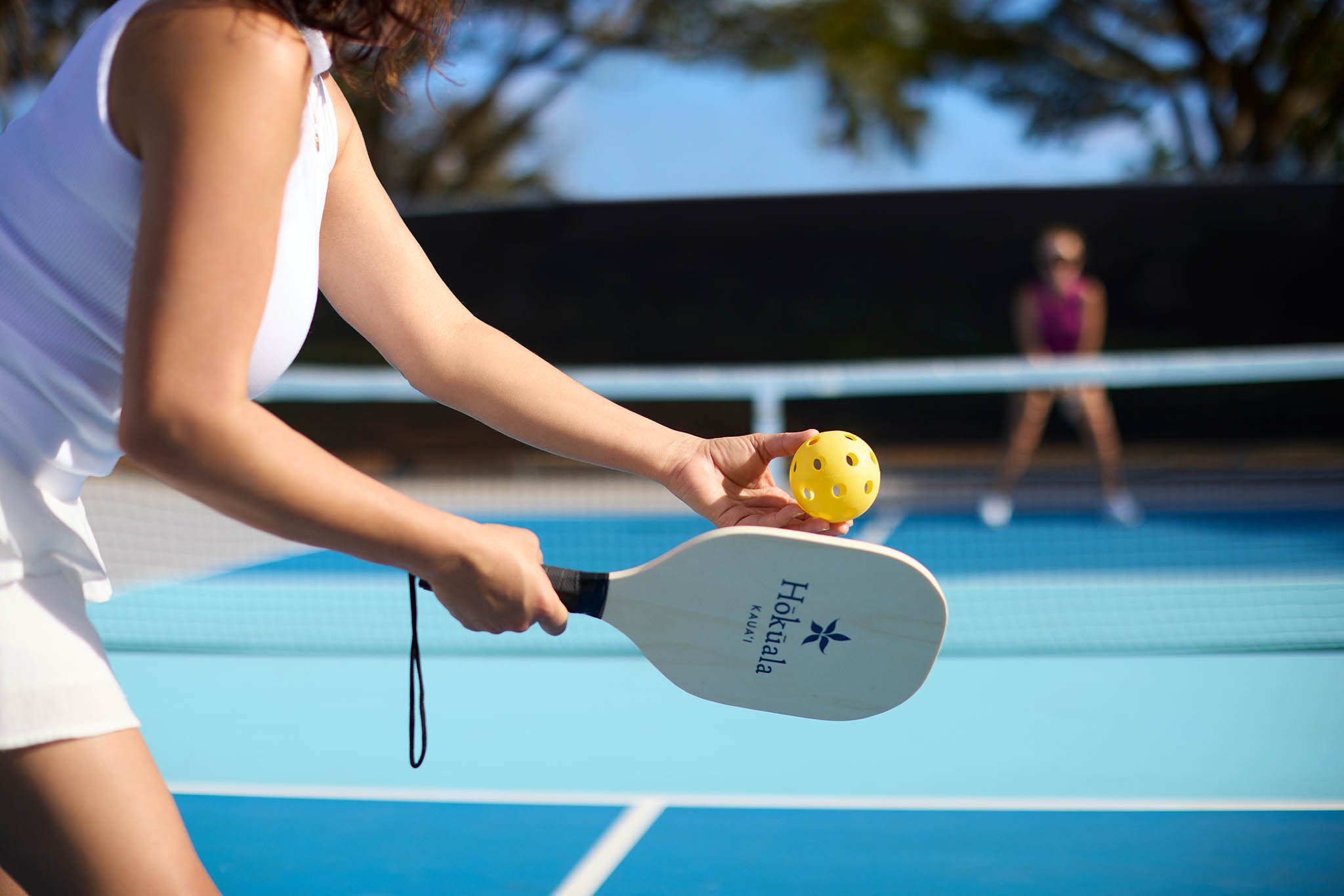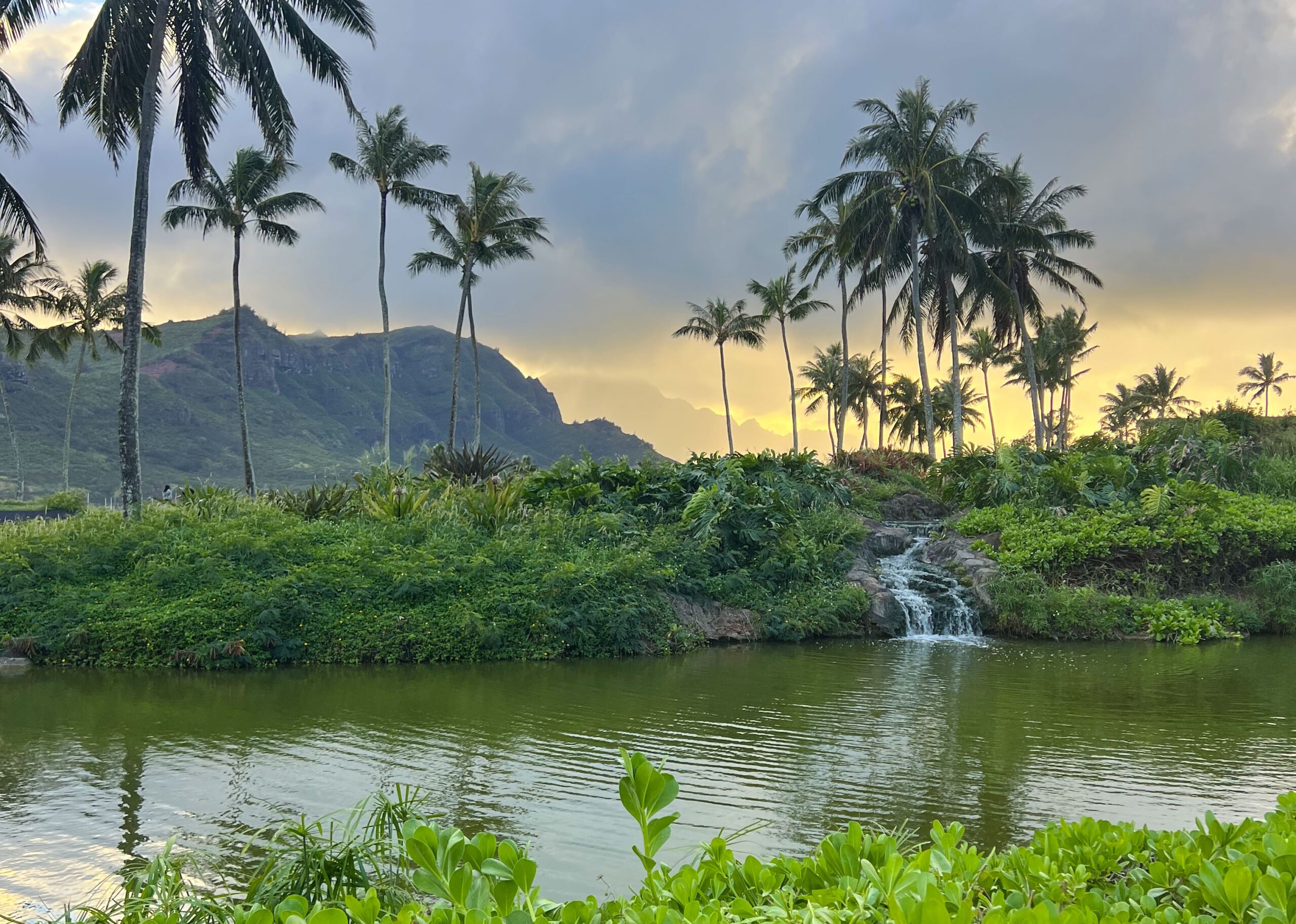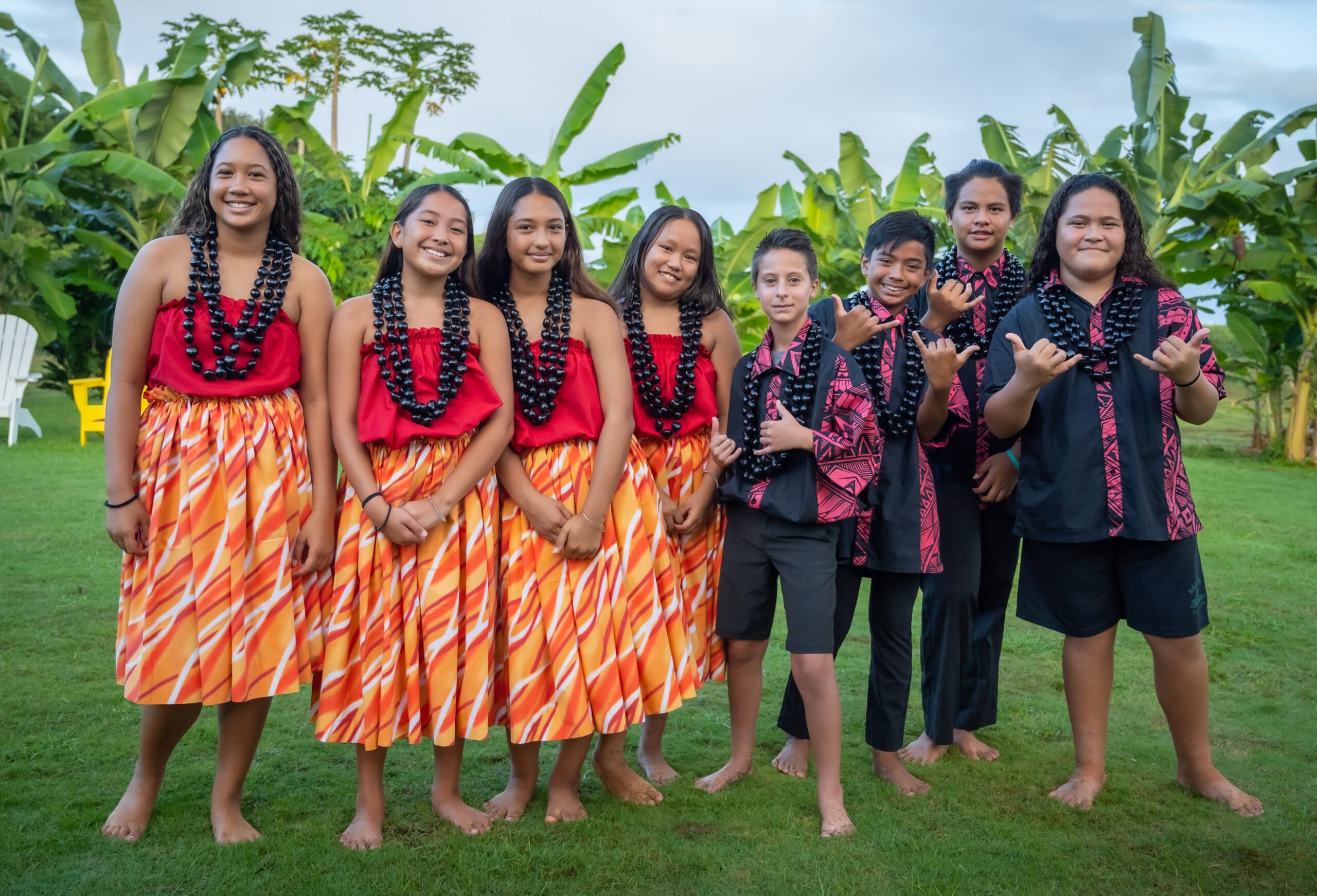The Changing Of Seasons In Hawai‘i
November 21, 2022

Sometimes it’s hard to spot the changing of the seasons here in Hawai‘i. Because we are lucky to have warm, beautiful weather year-round, the ancient Polynesians used other ways to track the seasons. Just as voyagers followed the stars to discover the islands, ancient Hawaiians also looked to the position of the stars to define each season. From pinpointing constellations to welcoming the koholā back home, Hawaiians still define this season of giving by connecting to the ʻāina and each other.

Makahiki Season
Usually in mid to late November, the constellation Makaliʻi (or Pleiades) reaches its eastern point on the horizon. It is this constellation positioning that marks the changing of seasons in Hawai‘i and the time of Makahiki. As we discussed in our previous blog on Makahiki Season, the ʻāina, kai, and celestial bodies manifest the changes associated with the new season through nature–rough seas, abundant rain, and the appearance of significant constellations.
Political agendas and tactics are put to rest during this time while celebrating life, health, and vitality takes precedence. Lonoikamakahiki, the god of peace and prosperity is recognized and honored during this season.

The kinolau or physical embodiments of Lono are represented by the koholā or humpback whales and their return to Hawaiʻi during this time. The whales migrate to the islands every year at this time in an effort to protect their calves during their first (most vulnerable) months. Because the predatory threats are minimal in warm-weather climates, this is the perfect place to start anew and welcome a new season. The koholā demonstrate the importance of spending time with loved ones and making ‘ohana a priority during this season. Other kinolau during our rainy season include the dark heavy rain filled clouds that shower the ʻāina and native plants helping them flourish and thrive.
Traditionally, preparations are made to gather hoʻokupu or offerings for Lono and the season ahead. The Akua loa and poko, tall banners draped with white kapa, would start their procession around the island to proclaim the changing of seasons while accepting each ahupuaʻa or community’s hoʻokupu.
Seasonal Traditions
Enjoying pumpkin crunch is not the only seasonal tradition during the fall season in Hawai‘i. The net of maoloha is a significant cultural protocol during Makahiki season where offerings from the ʻāina are placed in a net. Prayers are offered and then the net is shaken vigorously so as to drop its contents to the ground below. If an abundance of the net’s offerings fall to the ground, then it would indicate that the new year would be a blessed one. On the other hand, if few or no offerings fell, then it would be a time to prepare for famine or an unproductive year of harvesting crops.



From traditional to modern times, elements of this season still persist today. We will soon see koholā breaching again at Ninini Point. Makaliʻi will be clearly seen in the eastern skyline during dusk at Wailua. Hanalei will be experiencing high surf and gushing waterfalls on Nāmolokama Mountain. Makahiki events will host participants competing in the skillful games of ʻulu maika (stone disc bowling), haka moa (chicken fight), and hukihuki (tug-of-war.)
ʻO Lonoikamakahiki kapu a Kalani
Lonoikamakahiki, the sacred one of Kalani
ʻO Kalani kapu a Keawe i hānau
Sacred Kalani, born of Keawe
Hānau Kalani he aliʻi kū hālau
Born was Kalani, a expansive Chief
He lau kapa ʻahu nehe ʻo Lono ē.
O Lono, a rustling of a heap of mats.
Eō Lonoikamakahiki…the season of Makahiki has arrived!







